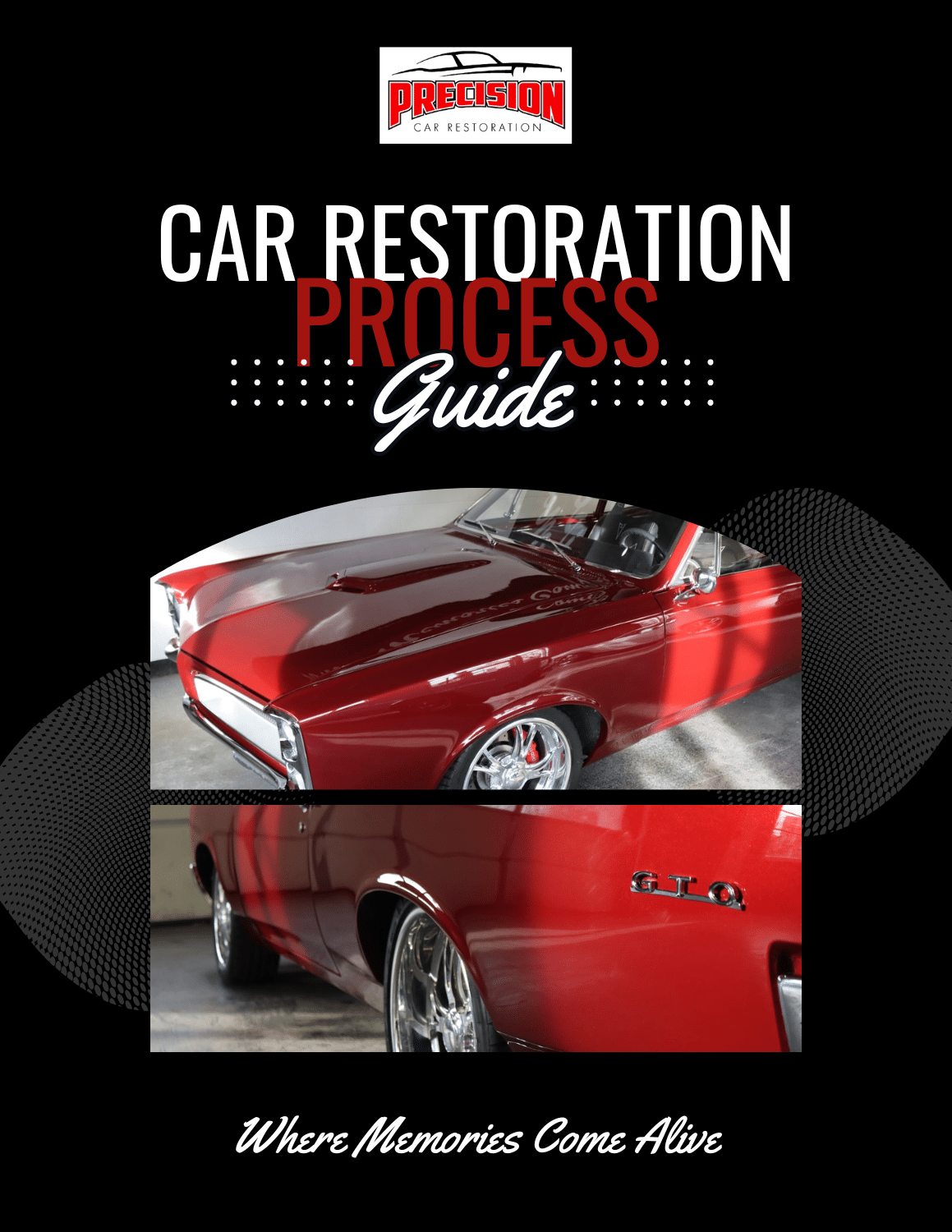
Installing a quarter-panel skin on a musclecar or classic is a great way to repair rusted and damaged quarter-panels, but welding one in place and getting everything to line up just right can be tricky. Nevertheless, it’s well worth the effort because removing the skin allows for easy access to wheelhouses and trunk drops, so that these areas can be easily repaired at the same time. Here are a few tips on installing quarter-panel skins that will save you time and money.
The first step is to make sure that you have the correct parts and the coverage area is what you need. Skins can come in many different sizes, and you may have to reconsider if a skin is the right choice for your repair. For those that are unsure whether you should patch, skin, or replace a quarter-panel, check out our handy guide.
The next step is to assess where to remove the old quarter-panel. Most new skins will have overlap sections in the door jambs and along the rear edge. Do not use these overlaps since they will cause fitment issues with other parts. Try to get close to an upper bodyline, as this will reduce the amount of fill and also reduce the risk of major warping when welding. Make a rough cut with a cutoff wheel or a pair of sharp shears. Only trim out enough to lay your new skin on top of the existing panel by keeping it about three inches down. Stay about an inch or so back from the door jamb and rear edge. Do not use an air hammer to make your rough cut, as it will distort the quarter-panel and create more work.
Once you have made a rough cut on the quarter-panel, trim out the spot welds on the wheel lip and remove the remaining portion of the quarter. In some situations, depending on the amount of rust and the coverage area of the new skin, you will remove the spot welds and old quarter-panel along the rocker and trunk drop.

Next, trim the new quarter-panel. To start, trim the front edge of the panel ¼- to ½-inch behind the curved edge of the door jamb. The same applies to the rear edge. Trim it a ¼- to ½-inch from the edge of the existing panel. Finally, trim the top edge about one- to two inches down from the body line you are using.
Now you need to lay the trimmed quarter-panel into place. Use claps and screws to get the fit right. You should have an overlap of about 1- to 1.5 inches around the top and sides of the panel. Use self-tapping screws and locking pliers and clamps to hold the new quarter-panel in place. The lower section should go in the factory quarter-panel mounting locations. Trace a line from the trimmed, new quarter-panel to the existing old one, and then remove the skin for final trim work.
You will now trim the top edge of the old quarter roughly ½-inch down from the traced line. At the front and rear edges, trim along the line to allow for a tight butt match. Now you will need to use a flanging tool to flange the top edge of the quarter-panel. This tool costs around $45 at Harbor Freight Tools. Flange the top edge of the new quarter-panel so the old one will lie in flush. Also, punch the holes in the wheelwell and along the trunk drop and rocker, making sure the holes will line up with the flat, spot weld areas.
Now slip the quarter-panel in place underneath the top section. The overlapped section should be less than ½ inch. Make sure to use a weld-through type of primer on all mating surfaces. Screw and clamp the panel back into position. Use plenty of clamps and screws to hold the quarter-panel tight and flush in all areas. At this point the quarter-panel should be in place, flush on the front and rear edges, and the overlap at the top should be flush on the exterior surface.

With the quarter-panel in position, it’s time to weld. Start by tack welding small spots along the top and side edges. Weld the quarter-panel along the top edge in short ¼- to ½-inch stitches while skipping a weld every 10 to 12 inches. The goal is to keep the panel as cool as possible. This is a very crucial step since the hotter the panel gets, the more it will warp. Take your time and go slowly. Rushing through this procedure will only cause problems and additional work. Make sure all the seams are welded solid and verify that the spot weld are nice.
To finish up before final bodywork can begin, grind all the welds as flat as possible, going slow to keep the panel cool. Once you have grinded the welds, you can now start to body work the seams. Use a first coat of fiberglass body filler as a base, and finish with a high-quality body filler.

Before you call it done, make sure to seam seal the top edge on the inside of the trunk and quarter window area, and also along the rocker panel. For added future protection, use a can of rust proofing and a straw to reach the areas in the trunk drop and above the wheelhouse.
To recap, take your time, make sure you keep the welds small, and grind them down as much as possible before you start final bodywork. And remember to patch in or replace any other items like a trunk drop or wheelhouse before you final fit and weld.


